The long and interesting journey as a classical dancer has enriched my inner and outer personality. As I was studying for my special degree in Bharatnatyam from Nalanda Dance Research Centre, under the guidance of my Guru Padmashree Dr. (Mrs.) Kanak Rele, since then the subject of parallels of Yoga and dance has attracted me! I have observed the total transformation of my personality and view. As I perform on the stage, my thoughts go deeper and with the presence of the audience, I become focused on the characters. I play on the stage, which gives me the pleasure of meditation. Peeping in the different emotional play of different characters helps me experience their interactions which is like ‘Parakayapravesh’ for me. With different Bharatnatyam steps when I respond the poetry and music on the stage, it gives me the ultimate peace of Yogic postures. With lots of audience around, this yogic experience helps me forget myself, my body, the present situation in life and I experience the complete solitude when I go deeper to my inner self. This is a physical way to reach towards metaphysic is the one gist of any experience as a dancer.
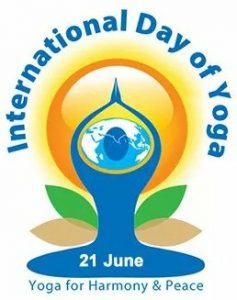 I feel, this is a two-way method, how dance and yoga are interlinked together. Yama, Niyama help a dancer to be a better human being with a better character, which reflects in his dancing personality as well. Asana – the yogic posture – helps a dancer to have control over his body, mind and soul and bestows him with good health. And while dancing on stage, the dancer uses the yogic postures as his dancing steps and poses. So, ultimately he is following yogic asanas on the stage through dance.
I feel, this is a two-way method, how dance and yoga are interlinked together. Yama, Niyama help a dancer to be a better human being with a better character, which reflects in his dancing personality as well. Asana – the yogic posture – helps a dancer to have control over his body, mind and soul and bestows him with good health. And while dancing on stage, the dancer uses the yogic postures as his dancing steps and poses. So, ultimately he is following yogic asanas on the stage through dance.
Pranayama is the method of breath control, which helps the person to keep his mind stable and calm and in ‘Anil-Prakarana’ of Sangeet Ratnakar, Sarangadeva has stressed the usage of pranayama for the dancers to keep their emotions under control. Also, it enhances his stamina and while dancing on the stage, dancer practices pranayama unknowingly.
Pratyahara is turning the senses inward, which prepares the person for concentration. While delineating the emotional interactions of different characters, a dancer has to turn his own sensations inward, so that he can concentrate and also make the audience enter the world of imagination.
Dhyana is to be focused on a particular object to get prepared for the further aspect of Samadhi. Also performing among public, dancer is supposed to be focused on his steps, form, technique and theme of his dance. Dhyana is meditation. To reach towards one’s inner self is the goal of mediation and the dancer practices this very journey of reaching towards his innerself is nothing but he meditation performed on the stage.

Samadhi i.e. concentration. The dancer becomes the dance itself. He merges in his innerself. Still, it is not the sleep or complete forgetfulness, as his conscious is very much awake and present at the moment. Same happens in the case of the dancer. He becomes one with the situation and the character. He concentrates within himself; still, he does not merge himself totally, as he is conscious and becomes an observer (Sakshi) of one’s own art. As Abhinava Gupta says in his Abhinava Bharati that ‘tanmayata’ i.e. concentration is necessary, but the artist should be able to handle the situation with keeping his consciousness awake. When he is performing different characters on stage, he needs a lot of concentration, at the same time he should be able to differentiate his own self and the character enacted by him. He is the artist as well as the spectator. This is the very theory which is described by Acharya Patanjali in his Ashtanga Yoga for Yogins.
“Whosoever danceth not, knoweth not the way of life” says Curt Sachs in his ‘World History of the Dance’.
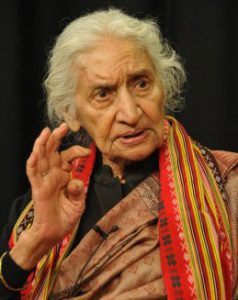
According to Dr. Kapila Vatsyayan, ‘The Dance is the Mother of Arts’. Music and Poetry exist in time, painting and architecture in space, but the dance lives at once in time and space! The creator and created, the artist and the work are still one and the same thing. Rhythmical patterns of movement, the spastic sense of space, the vivid representation of the world seen and imagined – these things man creates in his own body in the dance, before the uses substance and stone and word to give expression to his inner experiences. Thus dance breaks down the distinction of the body and soul of abandoned expressions of the emotion and controlled behaviour of social life and expression of individuality, of play, of religion, battle and drama – all the distinctions that a more advanced civilization has established. The body in ecstasy is conquered and forgotten and which becomes merely a receptacle for the superhuman power of the soul, which achieves happiness and bliss in the accelerated movements of a body freed of its own weight, but the need to dance becomes the thirst of life. The dancer gives himself over to the Supreme Delight of play prescribed by custom, gives himself over to the exhilaration, which carries him away from the monotony of everyday life from palpable reality, from the sober facts of his experience – tighter – where imagination, fancy and vision, waken and become creative.
Captivated and entranced he bursts his earthly chains and trembling fills himself in tune with all the world. ‘Whosoever knowth the power of dance dwelleth in God’ cries the Persian Dervish poet Rumin impulsively. The dance inherited from savage ancestors as an ordered expression in the motion of the exhilaration of the soul develops and broadens into the search of God, into a conscious effort to become a part of these powers beyond the might of man, which control our destinies. Here dance becomes a sacrificial rite, charm, a prayer and a prolific vision. It is creator, preserver and guardian! The dance is life on a higher level.
[adrotate group=”9″]
For traditional Indian artist, artistic creation was the supreme means of realizing the universal being. Art is a discipline (sadhana), a yoga and a sacrifice (yagna). The spiritual, mental and physical discipline required in the search for complete harmony is ‘Yoga’. Yoga is adeptness or efficiency in any activity undertaken by the individual. This is the ‘Karmasu Kausalam’ of Bhagvad Gita. Yoga is the power of withdrawal of mental energy from all activity not directed towards the single end in view, it is also perspicacity of vision which enables one to see the underlying unity of everything.
Accepting this major concept of Hindu spiritual and philosophical thought, the Indian dancer could not possibly regard the problem of art creation as one of giving universal significance to his own subjective experience. He is involved in a discipline for the attainment of the infinite, the Universal being in his individual self. Through his creation, he evolves a state of pure joy (ananda). The dancer is indeed like a worshiper, who saw God again and again and who attempted to recreate the ultimate state of his realization through the specific technique of his art. The aesthetic experience is considered second only to supreme experience and thus is termed twin brother (Brahmananda Sahodarah). Having conquered all personal suffering and pain and attained this state of complete detached emotion, he presented though age-old symbols the spectrum of life only to recreate a similar state of being in the spectator, a state, in which the latter could experience however transitory the pure Bliss (Ananda) of art.



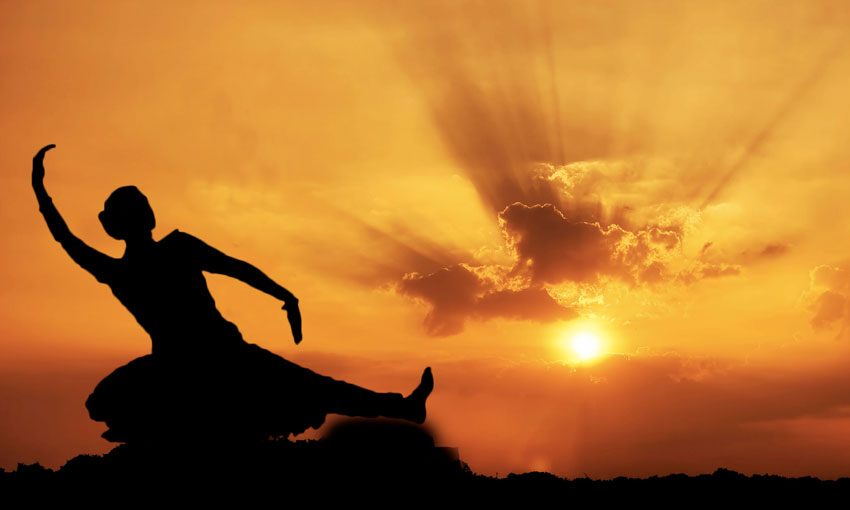


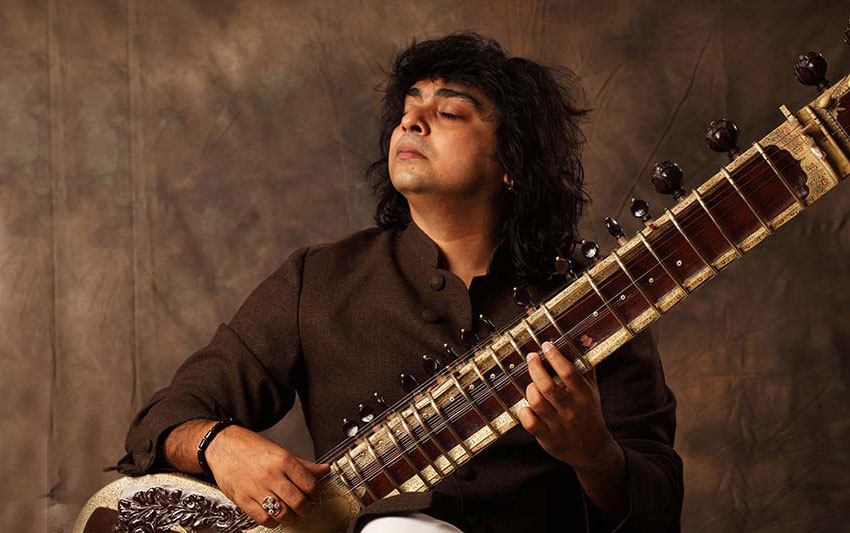


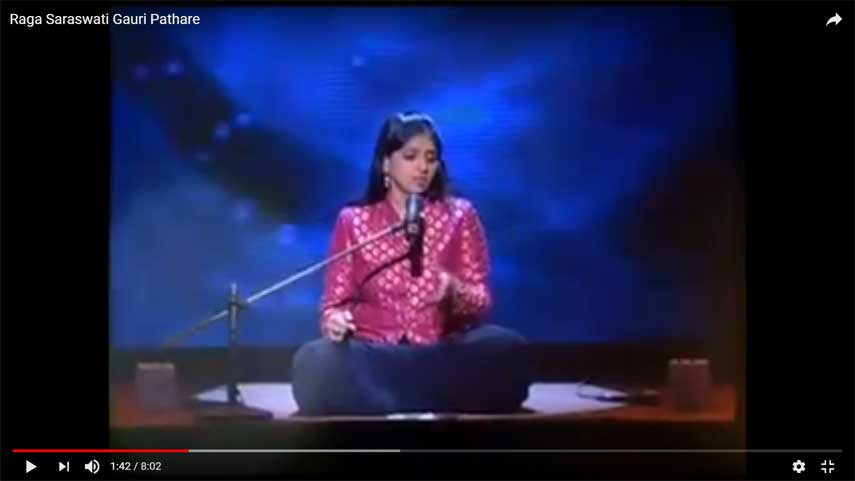

1 thought on “NrityaYoga: A two-way method for pure Bliss”
Brilliant exposition of thoughts